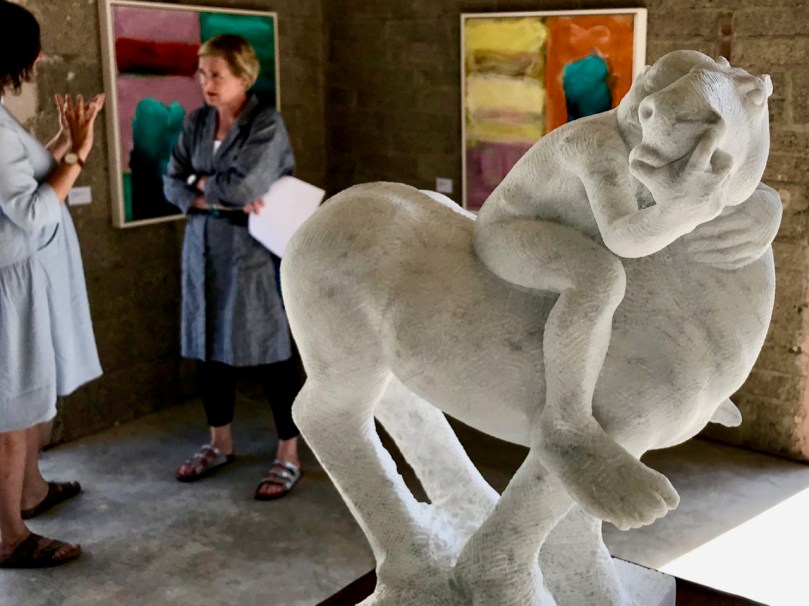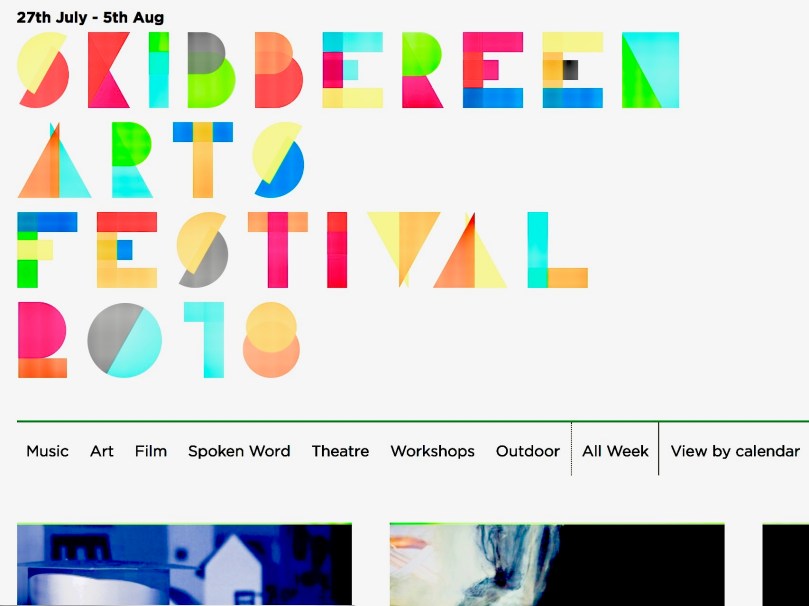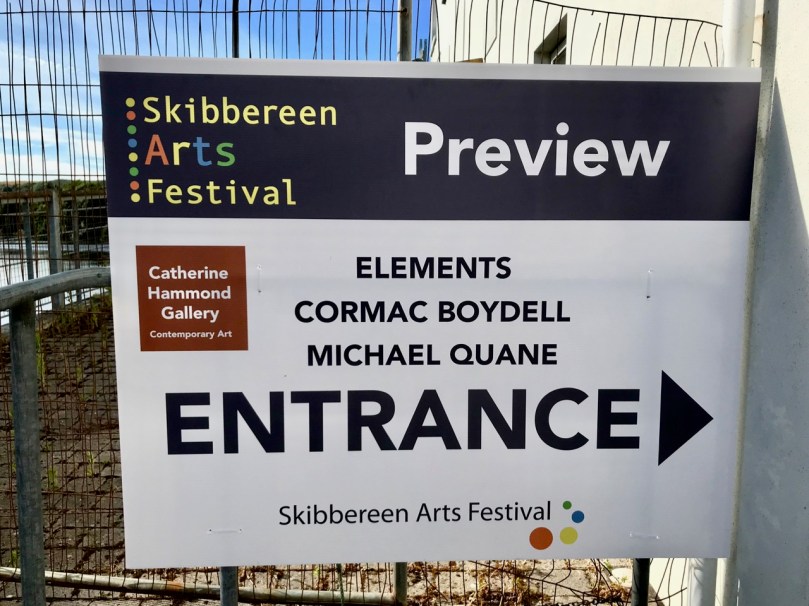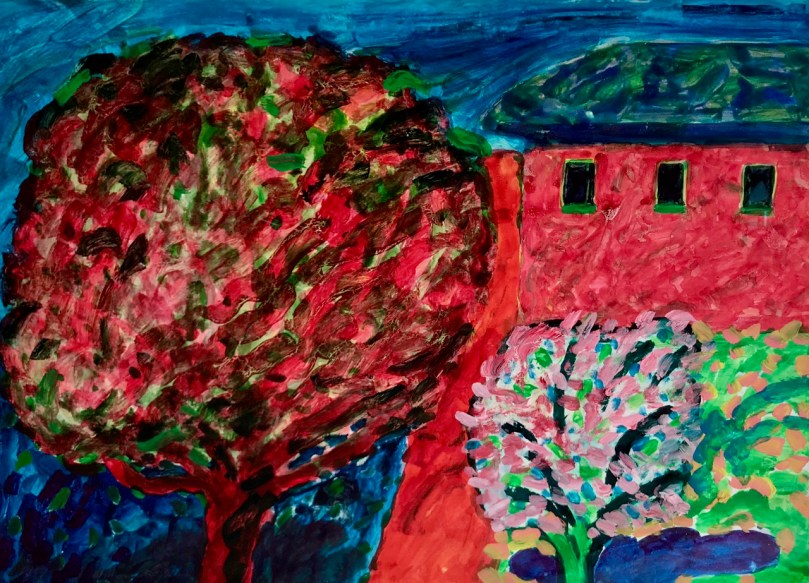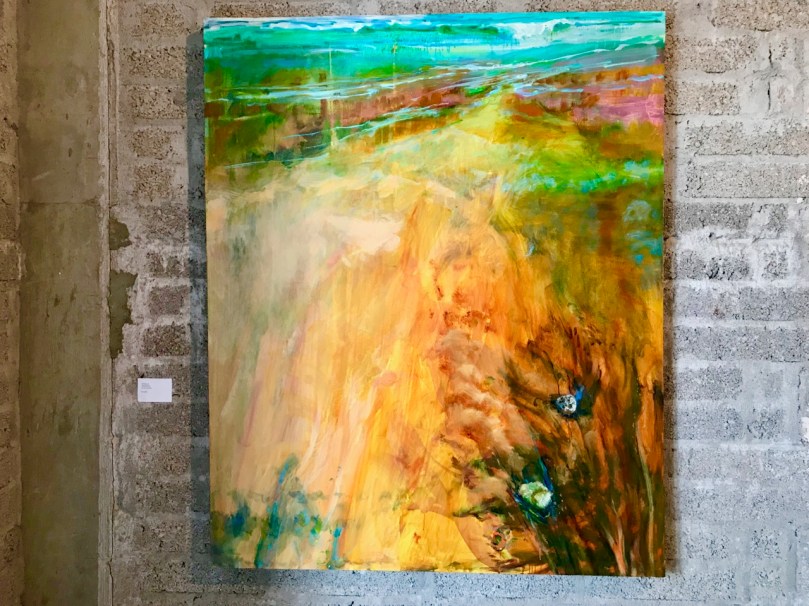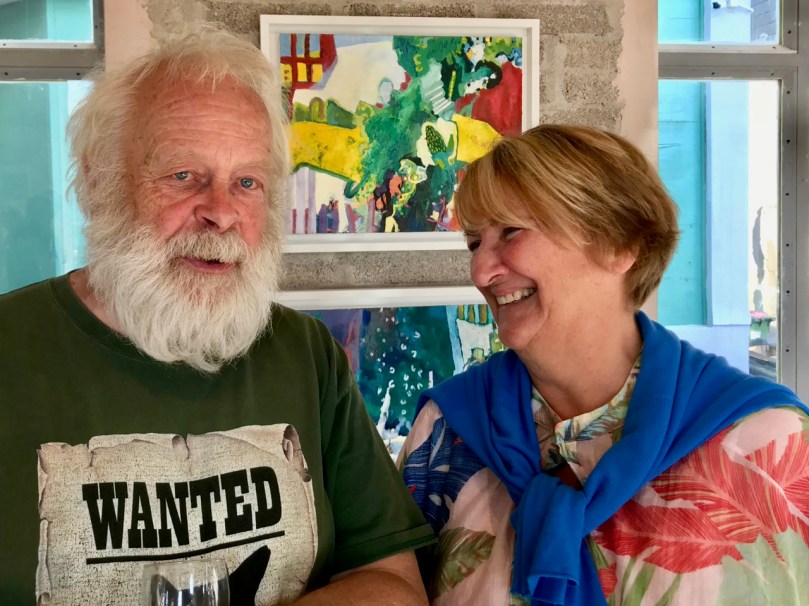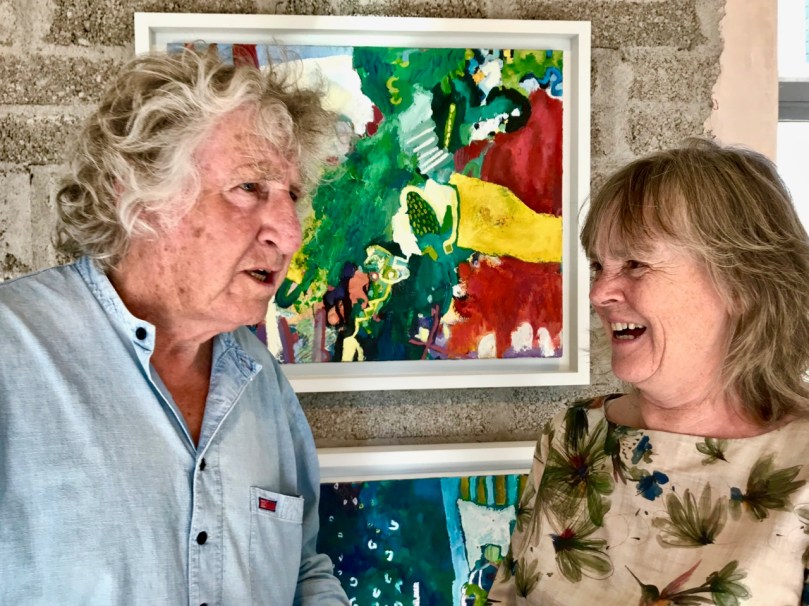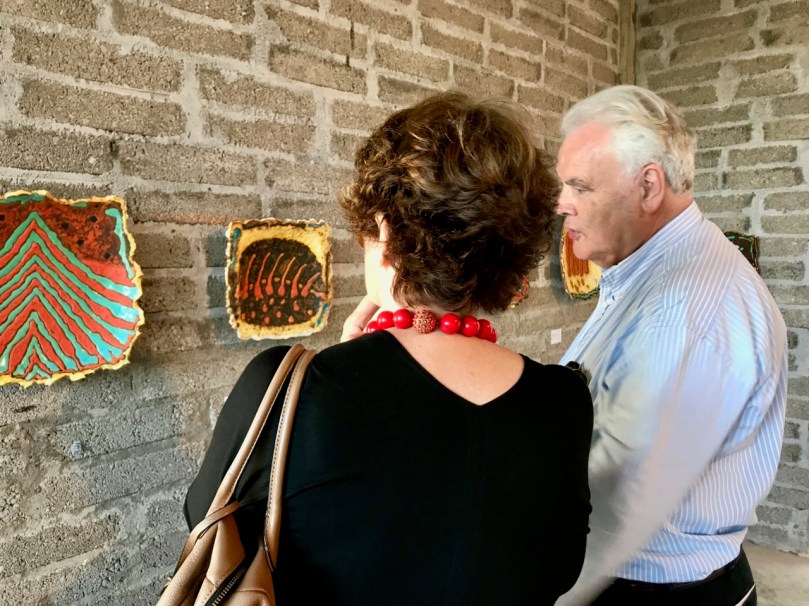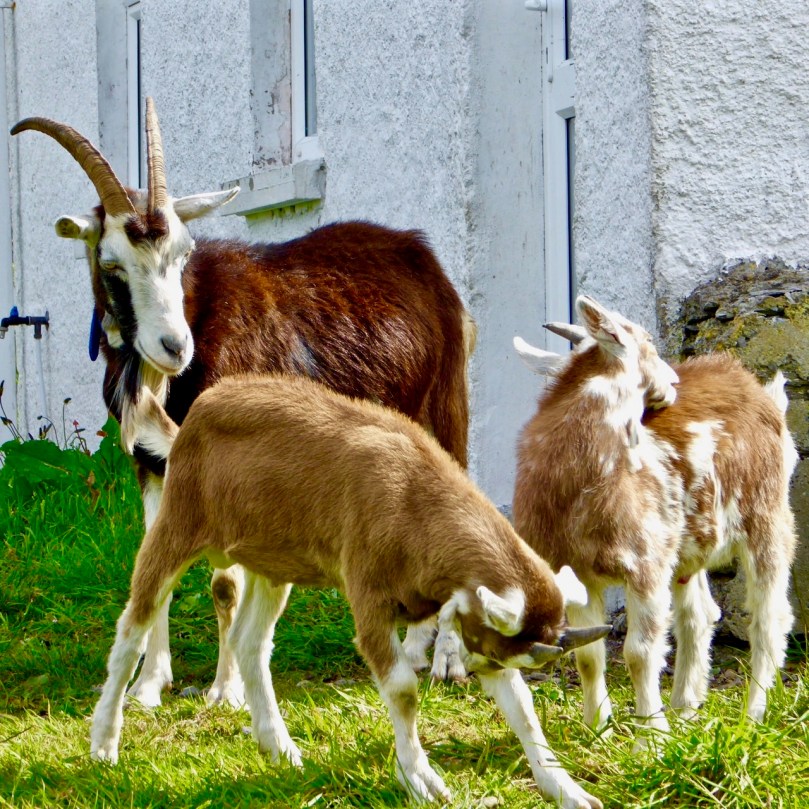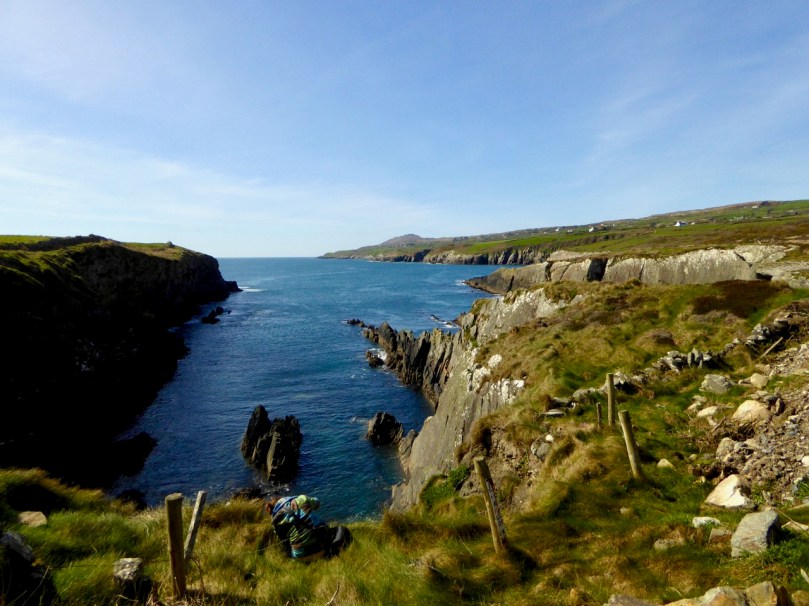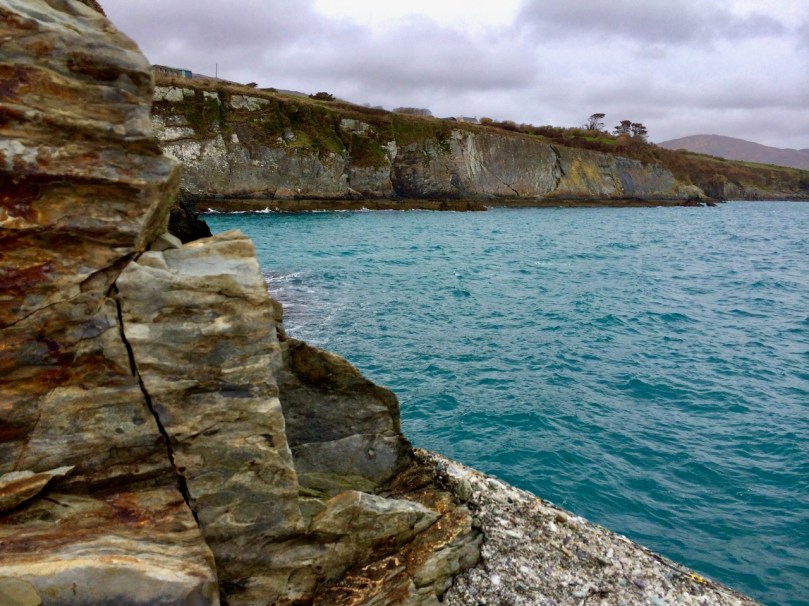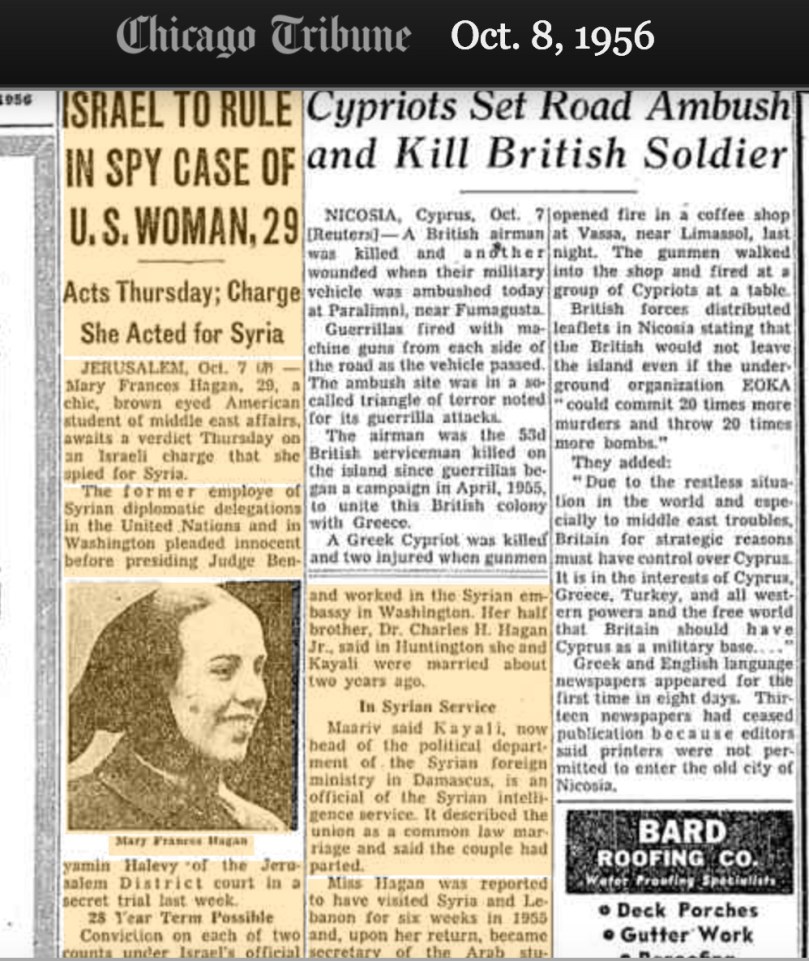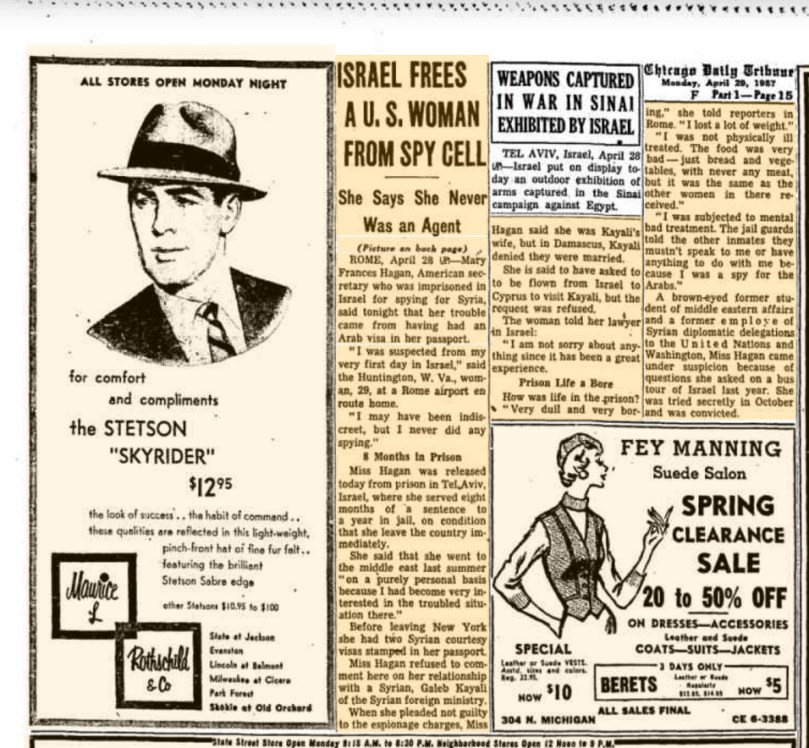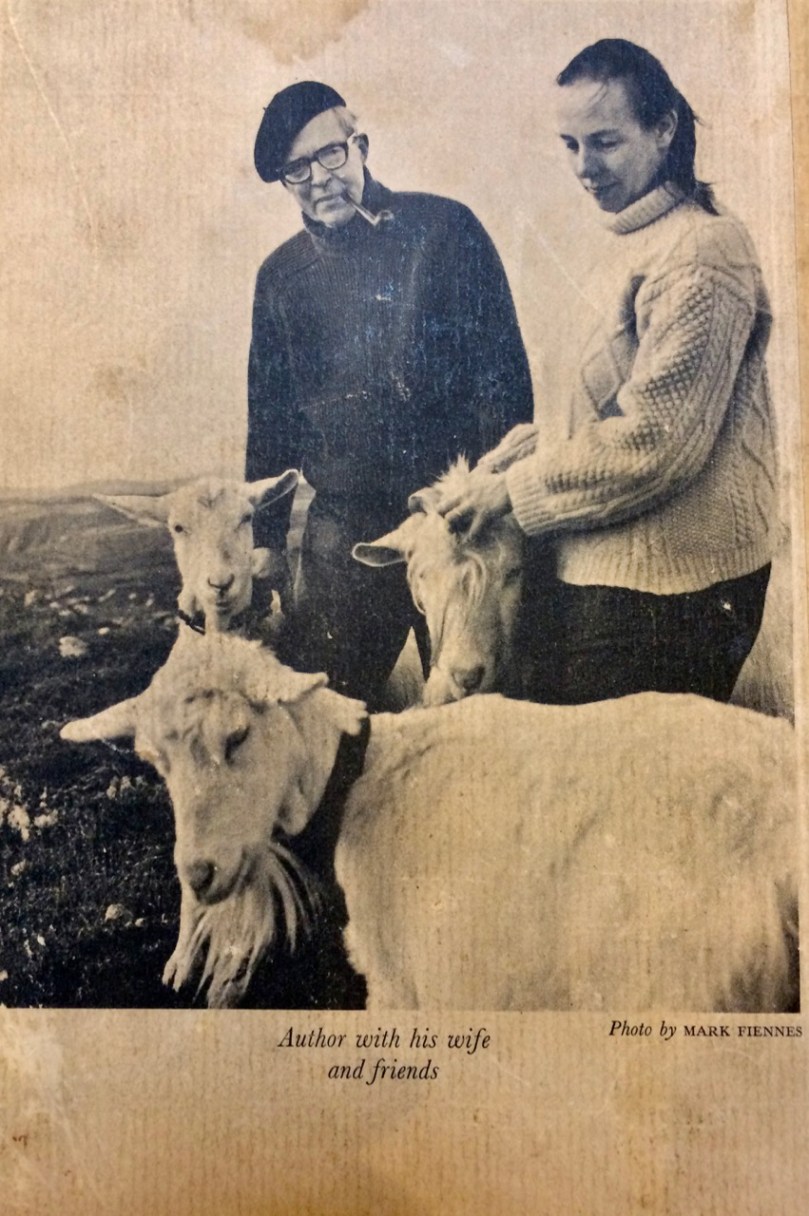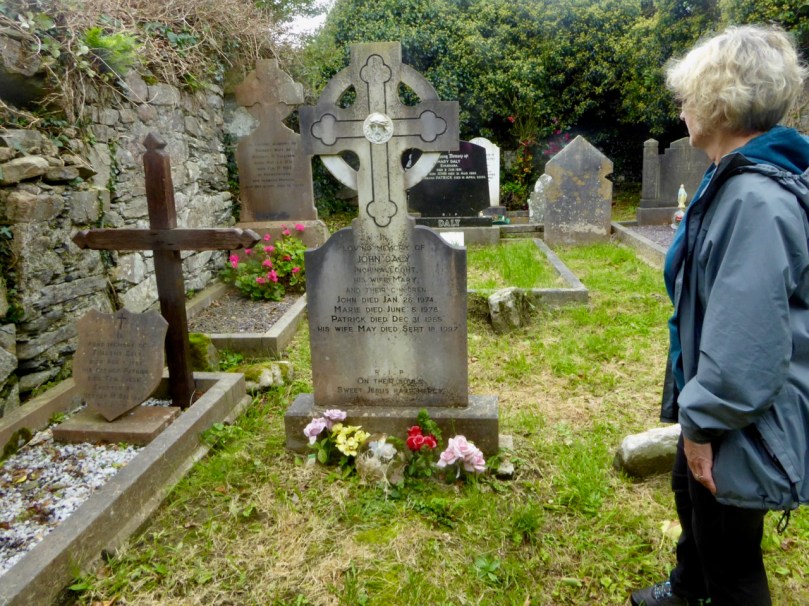There’s seldom been as much sunshine in Skibbereen as we are seeing this summer: every day feels like a holiday, and there’s so much for residents and visitors to do – it’s going to be hard to keep up with it all! Coming soon is the launch of the Skibbereen Arts Festival (I love this great graphic!) –
On Friday night we were treated to the ‘Preview’ of the ‘flagship exhibition’ for the Skibb Arts festival, running from now until 6 August at The O’Driscoll Building, Old Quay in the centre of town. It’s titled Elements: West Cork Landscape and features works by 30 artists from the area. In fact, the sunshine and the excitement brought out practically every artist, anyone connected with arts, and a whole lot of West Corkonians and visitors to see what’s on offer.
The exhibition has been put together by Catherine Hammond (above, right, with Finola – standing in front of a Christine Thery canvas) and it’s great to see Catherine curating in Skibbereen again. The art here is strong and looks good on the bare concrete walls of the building, the vacant shell of which is a reminder of Celtic Tiger days, but it always works so well as a gallery.
The work of two artists struck us as soon as we entered the building on Friday: the bold, simple architectural forms of Helena Korpela (two examples above); Helena has connections with West Cork and Helsinki, which emphasises the breadth of art makers working here today.
Personal favourites in this exhibition, for me, are two new pieces by Michael Quane. This Cork born artist now based in Leap is well-known for his large public sculptures, but I like the dynamics of these two smaller works (header picture and above). Roaringwater Journal has reviewed many of the artists currently on show at The Old Quay: have a look at these posts on William Crozier, Terry Searle and Cormac Boydell – and let’s see some examples…
Upper – Crozier; middle – Searle; lower – new ceramics by Boydell. It was also great to see works from elsewhere in Cork: this canvas – by Jill Dennis – is impressive.
It wasn’t just the artists who produced the work that came to the opening: other familiar names in Ireland’s contemporary art world were also well represented. See who you can spot… *
So, everyone is here, everyone is enjoying the summer and Skibbereen is swinging! Art events not to be missed include the opening of Coming Home: Art and the Great Hunger exhibition at Uillinn, and the related performance pieces and installaions which Finola is discussing in her post today, and also mentioned in her post last week. But those are only a fraction of the whole Skibbereen Arts Festival this year – we haven’t even started on the music, film, poetry or workshops: get hold of a programme and book up now – while there are still tickets available.
Angela Fewer – Off Heir Island
* John Kelly, Brian Lalor, Penny Dixey, Jim Turner, Keith Payne, Eion McGonigal, Peter Murray…
